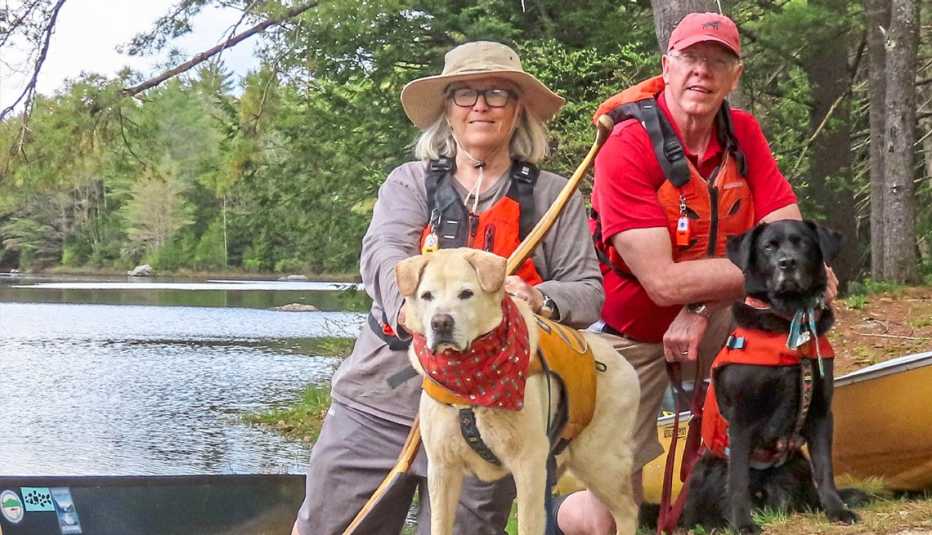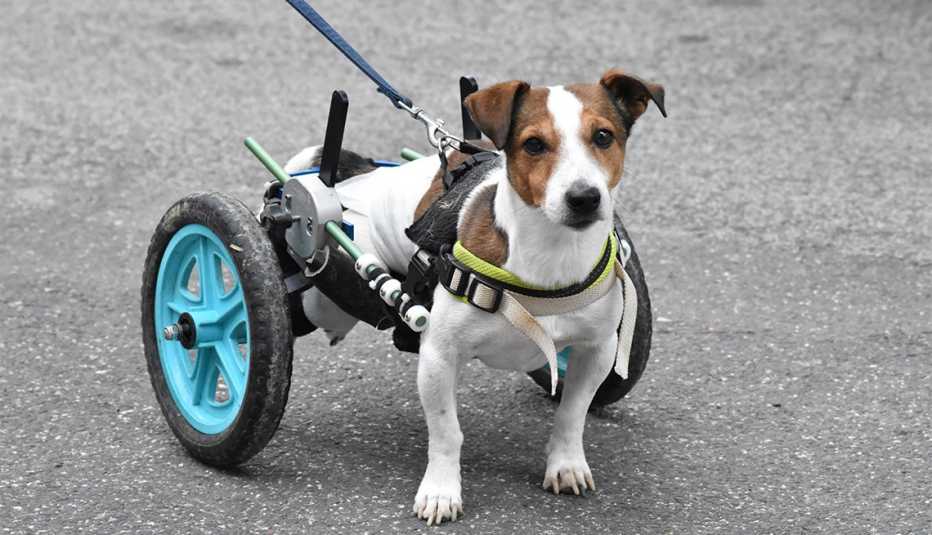AARP Hearing Center
Nina Heller-Fields, 58, was in her mid-40s, getting an inexpensive no-fault divorce, when she mentioned her horses to the paralegal preparing the documents.
“You should have a trust for your animals,” the paralegal told her.
At the time, Heller-Fields was estranged from her sister, and she didn’t want her ex-husband to have sole responsibility for what would happen to her seven horses, three cats and five dogs if she died or became severely incapacitated. “I really felt like there would be no one to step in to care for them,” says the Studio City, California, resident.
Get paperwork started
Like a growing number of Americans, the certified riding instructor of 30 years decided to form a pet trust, a legally sanctioned arrangement providing for the care and maintenance of companion animals in the event of a grantor’s disability or death. Doing so requires very specific paperwork and funding mechanisms that differ from leaving money and property to human family members.
With the largest spike in mortality in the United States in a century, following the onset of the pandemic, providing for one’s pets after death has become a growing topic of conversation for many animal lovers across the country.
“Shelters are seeing an 11 percent increase of animals being surrendered because of people passing away from COVID or ending up too sick to take care of pets,” says Amy Shever, executive director of 2nd Chance 4 Pets, a nonprofit animal welfare organization that works to provide lifetime care solutions for pets. “These poor animals who have been sitting on someone’s lap are suddenly without a home.”
When pet parents have not made plans for the continued care of their pets after their death with family or friends assuming ownership, more often than not those beloved pets are surrendered to shelters. This happens to more than 500,000 animals per year, according to Shever.






































































